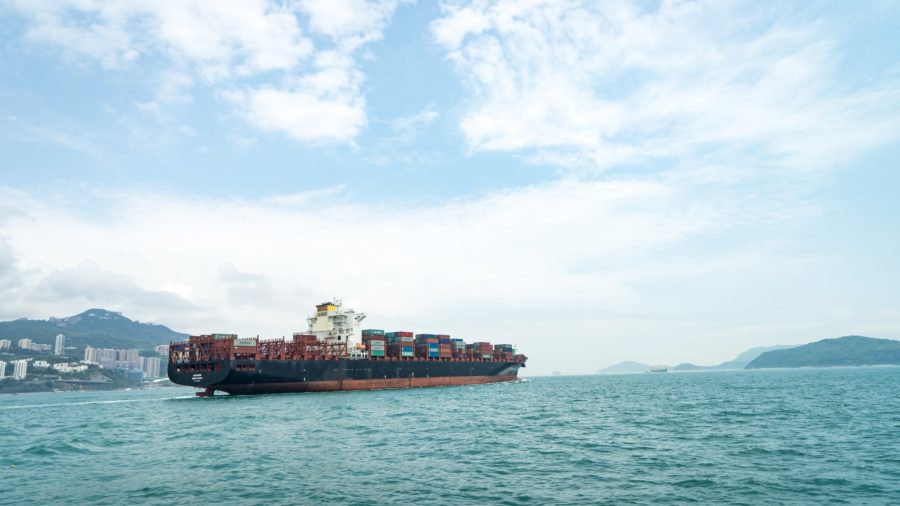July 21, 2020
Asia-Europe Carriers Reinstate Sailings, Limit Capacity Cuts

Asia-Europe freight rates flattened in the past few weeks as carriers reinstated several blank sailings and introduced extra loaders in what analysts see as a response to cutting too much capacity amid stronger-than-expected volume on the trade.
The China-North Europe spot rate edged down 1.4 percent in the past week to $907 per TEU, while the China-Mediterranean (Med) rate of $940 per TEU is down 1.2 percent, according to the Shanghai Containerized Freight Index (SCFI). On Asia-North Europe routes, the spot rate is 32 percent above year-ago levels, and the Asia-Med rate is 33 percent higher.
Volume data on the Asia-Europe trade lags by two months, with the last available numbers for May showing a drop in volume of 14.6 percent, according to Container Trades Statistics (CTS). Carriers in the first five months carried almost 1 million TEU fewer than the same period in 2019, with the demand falling sharply from February.
However, the volume carried on Asia-Europe in May was an improvement over April, which recorded a 20 percent decline. While June numbers will only be available in August, the volume data is trending upwards, with European retail outlets open again and factories resuming production.
Asia-Europe has seen 18 of 189 scheduled blanked sailings being reactivated in the past few weeks, according to Sea-Intelligence Maritime Analysis, with only two new blank sailings announced in week 29 (July 13–19). In its latest Sunday Spotlight, the analyst said fewer new blank sailings indicated a belief by carriers that current capacity cuts were adequate, considering the reinstated sailings.
“While we should caution that this could simply be a question of the carriers being too optimistic, or alternatively that they are planning to sail heavily underutilized for the peak season, this is likely not the case, as the carriers have throughout the pandemic shown an incredible affinity for balancing supply to demand, in order to keep freight rates up,” the analyst noted.
This has been particularly effective on the trans-Pacific, where a spike in imports from Asia consisting of seasonal merchandise, personal protective equipment (PPE), and goods that retailers required for inventory replenishment — coupled with cancelled sailings — kept spot rates at 10-year highs.
(Source: JOC.com)